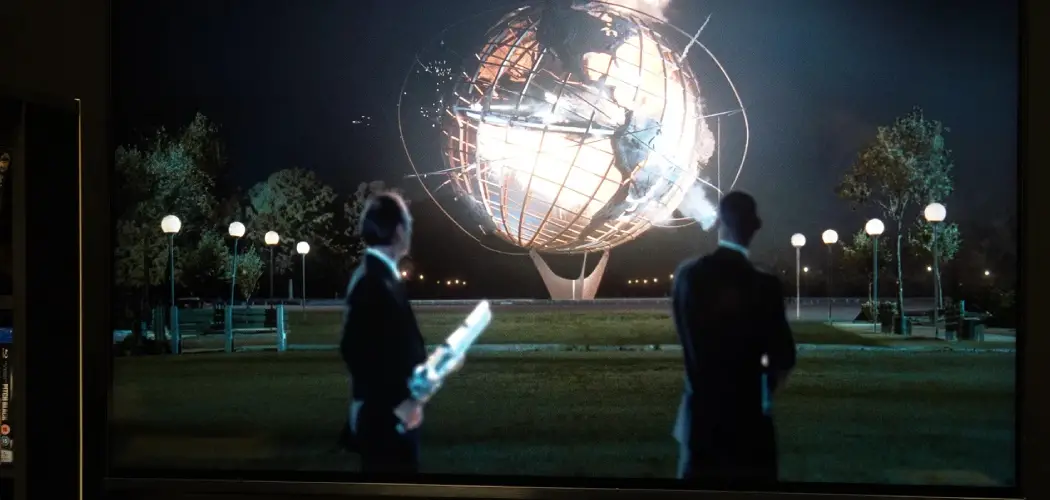LED lights have witnessed a surge in popularity thanks to their remarkable energy efficiency and durability, swiftly becoming a preferred choice for homes, offices, and public venues. These lights consume less electricity and have a significantly longer lifespan than traditional incandescent bulbs, making them economically and environmentally appealing.
However, despite these advantages, not everyone finds the transition to LED lighting entirely beneficial. A notable issue is that LED lights can induce headaches in certain individuals, especially those who are sensitive to specific lighting conditions.
This document aims to delve into the reasons behind such occurrences and offers a comprehensive guide on how to prevent headaches from LED lights. By understanding the factors contributing to these headaches, alongside implementing practical adjustments, individuals can continue to enjoy the benefits of LED lighting while minimizing discomfort and enhancing their overall well-being.
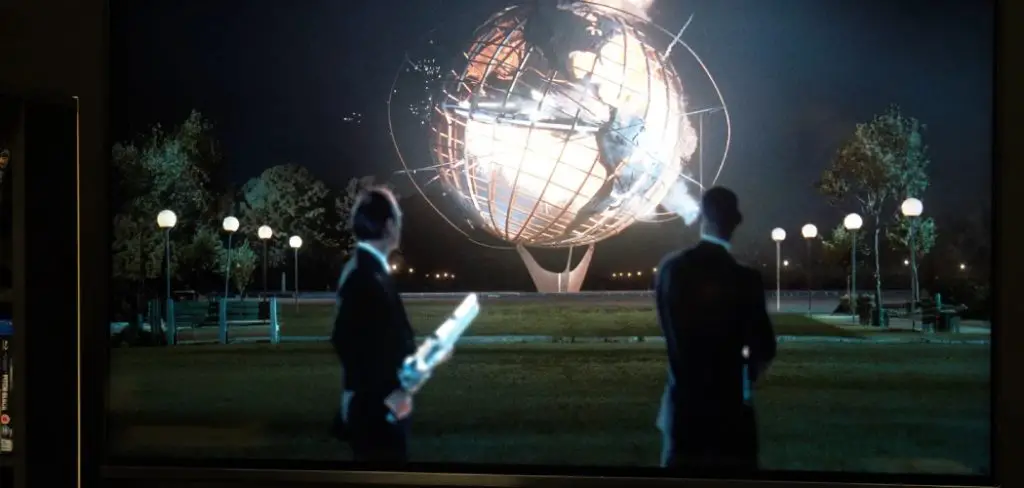
Understanding Why LED Lights Can Cause Headaches
Flickering Issues:
Some LED lights flicker at a frequency that may not be noticeable to the naked eye yet can cause strain on the brain, leading to headaches. This flickering is often the result of inferior-quality drivers or dimming mechanics found in cheaper LED models, which create rapid fluctuations in light output. The brain’s struggle to keep pace with these rapid changes can foster discomfort over time.
Blue Light Emission:
LED lights emit substantial amounts of blue light, which can interfere with circadian rhythms and provoke eye strain, culminating in headaches. Unlike the balanced spectrum of natural daylight, artificial blue light from LEDs lacks the varying wavelengths that provide visual comfort. Extended exposure to such lighting conditions is particularly taxing on the brain and can exacerbate sleep disturbances and ocular fatigue.
High Brightness and Intensity:
LEDs often boast higher brightness levels compared to traditional incandescent bulbs. This can become overwhelming for individuals sensitive to light, particularly those with photophobia. The intense illumination from these lights can trigger discomfort and headaches for those unaccustomed to such luminous conditions.
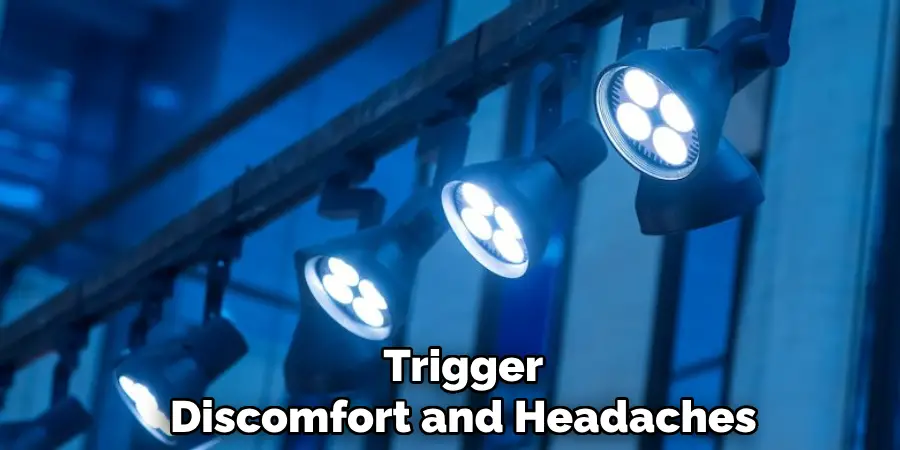
Glare from LED Lights:
Improperly placed or directly glaring LED fixtures can produce harsh lighting environments, leading to visual strain. Such intense glare creates severe contrast on surfaces and within spaces, prompting the eyes to work harder, which can precipitate headache symptoms.
Choosing the Right LED Bulbs to Reduce Headaches
When selecting LED bulbs to mitigate headaches, it is important to choose those labeled as “flicker-free.” These bulbs are designed to prevent the subtle flickering that can lead to cognitive strain and headaches. Before purchasing, consider checking product reviews or testing bulbs for flickering by using a smartphone camera to capture the light output. This precaution ensures that your LED bulbs do not induce unwanted flickering in your home environment.
Opt for bulbs with warmer color temperatures, such as Warm White (2700K) or Soft White (3000K), to reduce blue light exposure. These warmer tones emit a softer, more natural light, lessening the harshness associated with Cool White or Daylight bulbs, which operate between 4000K and 6500K. Utilizing warm light can greatly diminish eye strain, facilitating a more visually comfortable environment.
Additionally, choose LED bulbs with a high Color Rendering Index (CRI) of 80 or above, which offers better color accuracy and minimizes visual strain. High CRI bulbs closely replicate the natural light spectrum, leading to less visual discomfort and a more pleasant lighting experience.
For added flexibility in light management, use dimmable LED bulbs. These allow you to control the intensity of the light, adjusting it to suit the time of day or specific activities, thereby lowering the risk of headaches from overly intense lighting. It’s crucial to verify that the dimmer switch is compatible with the LED bulbs to prevent flickering issues when dimmed. By making mindful choices, you can enjoy the benefits of LED lighting while minimizing the risks of headaches.
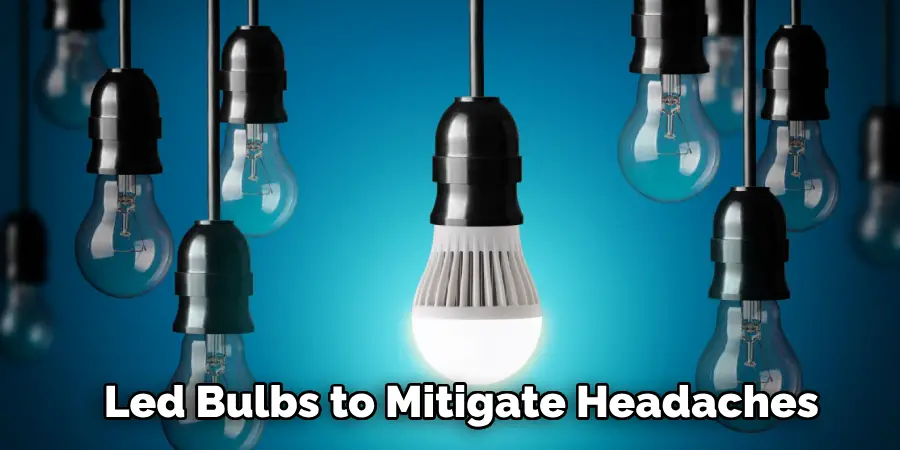
How to Prevent Headaches from LED Lights: Managing the Lighting Environment
Positioning Lights to Avoid Glare:
Proper placement of LED light fixtures is crucial in minimizing direct glare, especially in workspaces or environments where you spend significant time. To avoid this, adjust the orientation and height of the fixtures so they do not beam directly into your eyes. Utilize lampshades and diffusers to soften the intensity, or adopt indirect lighting techniques, such as bouncing light off walls or ceilings, to create a more ambient, glare-free atmosphere.
Adjusting the Brightness for Different Activities:
Tailor the brightness of your LED lights according to your activities to optimize comfort and functionality. Opt for brighter lighting to ensure clarity and reduce strain for tasks that require focus, like reading or working. Conversely, choose dimmer settings when relaxing or watching TV to ease eye tension. Installing dimmer switches or integrating smart lighting systems can facilitate easy adjustment and customization of lighting levels to suit various needs.
Using Layered Lighting:
Embrace a layered lighting strategy to create a more harmonious and balanced environment. Combine multiple light sources, such as ceiling, floor, and desk lamps, to distribute light evenly across the space. This approach prevents reliance on a single, intense overhead light, reducing the risk of headaches and fostering a more comfortable setting for various activities.
Reducing Exposure to Blue Light from LEDs
Limit Blue Light in the Evening:
Exposure to blue light in the evening can disrupt your circadian rhythm, leading to sleep disturbances and potentially triggering headaches. By reducing blue light exposure before bedtime, you can enhance sleep quality and mitigate discomfort. Implementing warm light settings in your home can significantly reduce blue light emissions. Turn off unnecessary lights and consider using lamps with warm-colored bulbs to create a soothing, low-light environment conducive to winding down.
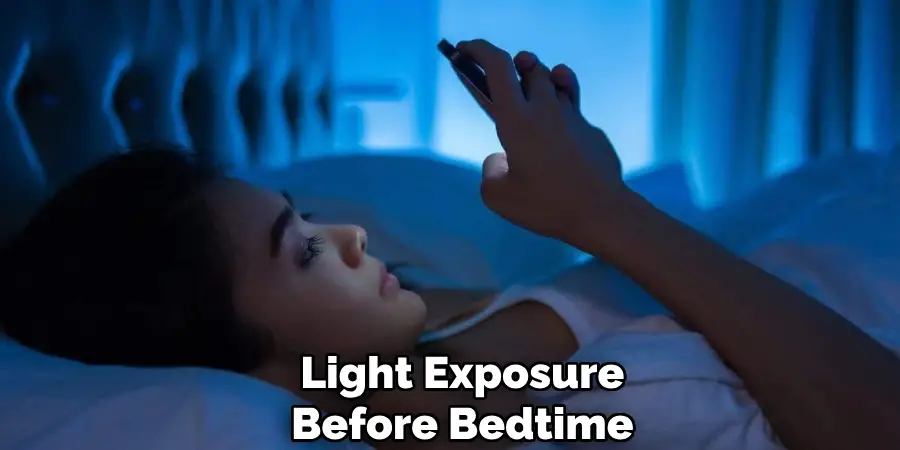
Use Blue Light Filters on Devices:
Devices such as phones, tablets, and computers also emit blue light, which can intensify the effects of LED lighting. Enable blue light filters or night mode settings on your devices to minimize this exposure during the evening. These settings adjust the screen’s display to warmer tones, reducing eye strain and helping maintain a proper sleep cycle.
Blue Light Blocking Glasses:
Wearing blue light-blocking glasses offers benefits, particularly for individuals who spend extensive time working under LED lights or using screens. These specialized glasses filtrate blue light, relieving glare and reducing eye strain. They are especially recommended for people sensitive to blue light and prone to headaches, offering an accessible solution to protect visual health throughout prolonged digital exposure.
Taking Breaks and Practicing Good Eye Health
Follow the 20-20-20 Rule:
The 20-20-20 rule is a simple yet effective guideline for reducing eye strain and preventing headaches. It recommends that every 20 minutes of screen time or LED light exposure, you take a 20-second break to focus on an object 20 feet away. This practice helps relax the ocular muscles, reducing muscle fatigue and alleviating discomfort associated with prolonged near-focus activities.
Maintain Proper Lighting for Reading and Working:
Ensuring your environment has adequate and indirect lighting is crucial, especially for tasks requiring concentration, such as reading or working. Poor lighting can cause you to squint, leading to eye strain and potential headaches. Opt for LED desk lamps equipped with adjustable brightness and flexible positioning to provide the most suitable lighting conditions for various tasks. This flexibility allows you to fine-tune the lighting to match your specific needs, promoting a comfortable and productive workspace.

Eye Exercises and Hydration:
Regular eye exercises can relax the muscles around your eyes, easing strain and mitigating the chances of headaches from prolonged LED exposure. Simple exercises can be beneficial, such as rolling your eyes, blinking rapidly, or closing your eyes tightly. Additionally, maintaining hydration is vital, as dry eyes are more prone to strain and discomfort. Drinking sufficient water throughout the day helps moisten your eyes and reduces the likelihood of developing tension-related headaches.
Upgrading Your Home or Office Lighting
Smart Lighting Solutions for Customization:
Smart lighting systems offer remarkable flexibility in personalizing your lighting environment, allowing control over brightness, color temperature, and scheduling. These features enable you to create a more comfortable and health-conducive space tailored to your daily activities. For instance, you can program lights to gradually dim in the evening or shift to warmer tones, minimizing blue light exposure and preparing your body for restful sleep. Additionally, these systems can be integrated with voice commands or smartphone apps, providing seamless management and reducing the need for manual adjustments.
Use Task Lighting Instead of General Lighting:
Incorporating task lighting, such as desk lamps or reading lamps, provides illumination precisely where you need it, diminishing the reliance on overly bright overhead lighting. This targeted approach enhances focus and eases eye strain during specific activities like studying or working, thus reducing the risk of headaches often associated with high-intensity, general lighting. Ensuring that task lights are adjustable further allows you to tailor the lighting to your needs, offering a practical solution for concentrated workspaces.
Install Light Diffusers or Filters:
Employing light diffusers, filters, or frosted covers on your LED bulbs can significantly soften the light, preventing harsh glare that often contributes to headaches. Diffused lighting distributes light more evenly, creating a pleasant and comfortable environment ideal for both residential and office settings. This approach alleviates visual discomfort and promotes a calm ambiance, enhancing overall well-being within the space.

Consulting a Doctor for Persistent Headaches
When to Seek Professional Help:
If headaches persist despite adjusting your lighting environment, consulting a healthcare professional becomes essential to rule out other underlying causes. Persistent headaches triggered by light sensitivity, also known as photophobia, might indicate a deeper issue, such as migraines or eye strain problems.
Eye Checkup and Prescription Lenses:
Regular eye checkups are crucial to ensure that visual impairments are not contributing to light-induced headaches. An eye specialist can evaluate your vision and recommend corrective measures, such as prescription lenses. Lenses equipped with anti-glare coatings or specialized tints can help mitigate light sensitivity by filtering out blue light, thereby reducing headaches. Proactively addressing vision health can significantly improve comfort and overall well-being for those susceptible to light-induced discomfort.
Conclusion
In summary, headaches from LED lights often stem from common issues such as flickering, excessive blue light exposure, too much brightness, and glare. Understanding these elements helps us make informed choices about how to prevent headaches from LED lights. Choosing high-quality LED bulbs that minimize flickering and employing lighting solutions that reduce blue light and glare can significantly alleviate discomfort.
Adjusting your environment also plays a crucial role; use smart lighting and task-specific solutions to cater to your activities while maintaining proper eye health practices like the 20-20-20 rule and regular hydration. By taking these proactive steps, you reap the benefits of LED lighting—energy efficiency, cost-effectiveness, and longevity—without the drawbacks of headaches. Being mindful of your lighting and engaging in regular eye care can create a comfortable and health-oriented lighting atmosphere, ensuring a headache-free experience with LED lights.

